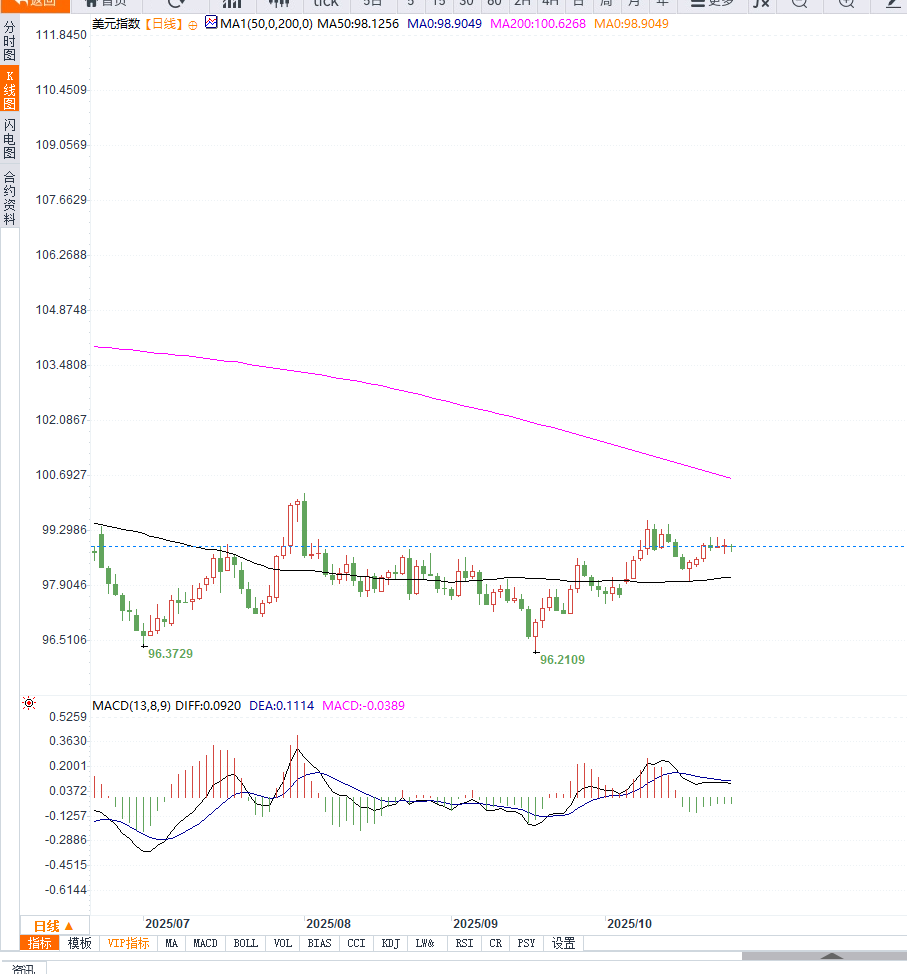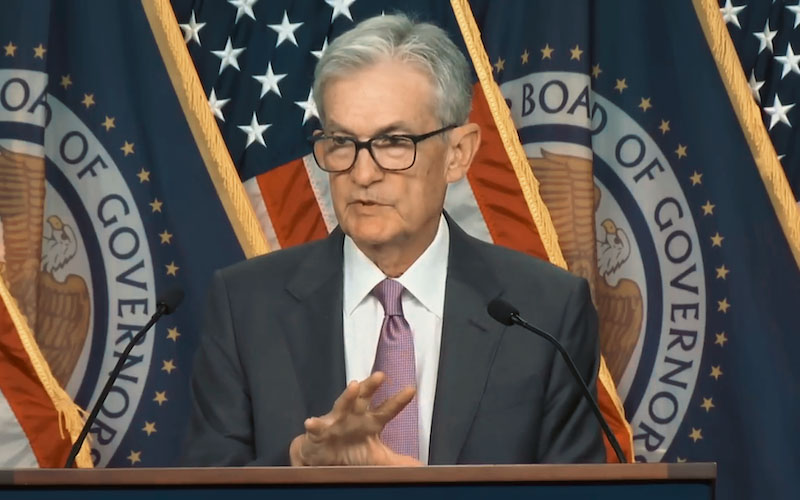Rate cut expectations weigh on dollar, but easing trade sentiment limits losses
2025-10-27 10:48:27
According to data released by the U.S. Bureau of Labor Statistics, the Consumer Price Index (CPI) rose 3.0% year-on-year in September, below market expectations of 3.1%. Core CPI growth also slowed to 3.0%. These benign price performances have led to widespread market speculation that the Federal Reserve will cut interest rates by 25 basis points at this week's meeting, lowering the benchmark rate again from a range of 4.0% to 4.25%.
 Data showed that CPI only increased by 0.3% month-on-month, and core CPI rose by 0.2% month-on-month, both lower than market forecasts. This reinforced the market's judgment that the downward trend of inflation is gradually being established, and it has also become a key fundamental factor putting pressure on the US dollar.
Data showed that CPI only increased by 0.3% month-on-month, and core CPI rose by 0.2% month-on-month, both lower than market forecasts. This reinforced the market's judgment that the downward trend of inflation is gradually being established, and it has also become a key fundamental factor putting pressure on the US dollar.On the other hand, trade concerns have temporarily eased, providing some support for the US dollar. According to market research, the US and major Asian countries recently reached an agreement on some controversial areas, and the market's demand for safe-haven assets has declined.
With positive progress in discussions on exports and regulatory mechanisms, investors' concerns about the global economic environment have eased, thereby limiting the further rapid decline of the US dollar index.
Overall, the US dollar index is forming a dual structure of "bearish fundamentals + support from sentiment", and its short-term direction still depends on the future policy guidance of the Federal Reserve and the pace of trade negotiations.
According to market research, several institutions pointed out that the short-term pressure on the US dollar comes from expectations of interest rate cuts, but if trade sentiment continues to improve or the Fed's rhetoric is hawkish, the US dollar may still gain rebound momentum in the medium term.
"The active trend pressure of the US dollar comes from inflation and policy expectations, but the passive support comes from the decline in external risks. Therefore, DXY may still maintain a volatile pattern in the short term."
On a daily basis, the DXY has continued to weaken after encountering resistance above the 99 mark and is currently trading below its major moving averages, indicating continued short-term pressure. The MACD indicator remains below zero and continues to increase in volume, suggesting that bearish momentum is dominant.
At the same time, the K-line structure shows a volatile downward channel. Short-term resistance focuses on the integers of 99.50 and 100.00. Only by clearly regaining this area can the weak pattern be reversed.
Downside support is expected to target the key support levels of 98.50 and 98.00. If these levels fall, a further test of 97.60 cannot be ruled out. Market volatility may intensify before the Federal Reserve's interest rate decision is released, and the index is expected to maintain a volatile and weak technical trend.

Editor's opinion:
The Fed remains the key driver of the DXY's short-term performance. Against the backdrop of cooling inflation, the dollar lacks the foundation for significant strength. Improved trade sentiment is only limiting losses, not shifting the market trend. Pending the Fed's decision, the dollar remains volatile and bearish.
- Risk Warning and Disclaimer
- The market involves risk, and trading may not be suitable for all investors. This article is for reference only and does not constitute personal investment advice, nor does it take into account certain users’ specific investment objectives, financial situation, or other needs. Any investment decisions made based on this information are at your own risk.





















